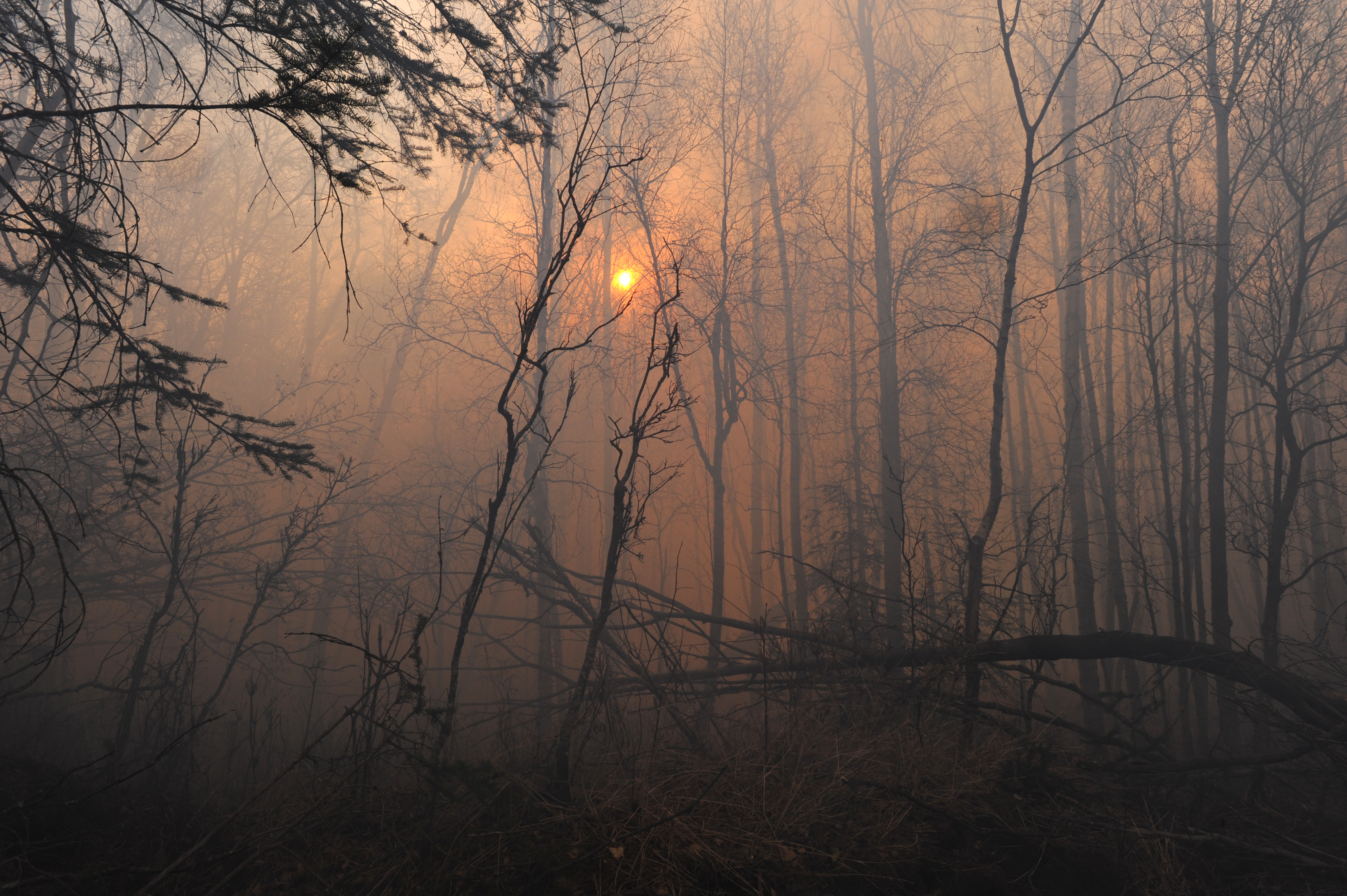A warming Arctic means more wildfires sparked by lightning

Weeks after multiple lightning-caused wildfires in Southwest and Western Alaska were extinguished, a NASA study released Monday shows that these types of fires are on the rise in North American boreal forests.
The study, published in Nature Climate Change, looked at the spike of large fires in Canada’s Northwest Territories in 2014 and Interior Alaska in 2015. Both fire events were ignited by lightning strikes, an occurrence that has risen 2 to 5 percent each year since 1975, according to the paper.
Alaska’s 2015 wildfire season was the second largest on record for the state, burning 5 million acres, or almost 8,000 square miles. A number of risks are associated with large fires in Alaska, including threats to residents’ health, the Arctic ecosystem and the state’s tourism industry.
The authors explained that these lightning-caused wildfires are part of a feedback loop related to the changing climate. While other studies have observed such interconnected climate conditions in the Lower 48, this research is the first to record them in the Arctic, according to E&E News.
“You have more fires; they creep farther north; they burn in these soils which have a lot of C02 and methane that can be exposed directly at the moment of the fire and then decades after,” Sander Veraverbeke, the study’s lead author, told E&E News. “That contributes again to global warming; you have again more fire.”
As the climate warms, scientists have found that the number of lightning strikes will increase as well. According to a 2014 article, each degree Celsius of warming will lead to a 12 percent increase in lighting strikes, because warmer temperatures cause more thunderstorms. Currently, lightning strikes account for half of all wildfires in the United States, according to E&E News.
A 2016 report from Climate Central shows that the number of fires in Alaska over 1,000 acres has increased since 1990, and the fire season is longer by nearly 40 percent.
As these fires reach permafrost zones that underlie 80 percent of Alaska, researchers predict more carbon will be released into the atmosphere for years to come.
Scientists also warn that more fires in the tundra could strip down the soil to expose mineral-rich ground — prime territory in which new plants migrating north can take hold.
“With the fast rate of warming in the past three or four decades, many tree species are lagging in what climatically is their niche,” Veraverbeke told National Geographic. “They cannot move north that quickly, because climate warming is going too fast. So they are far behind in their niche. Fire could be a driver to help them find their niche again.”
This type of interaction has already altered Interior Alaska’s boreal forest, according to a 2012 study describing an “ecological regime shift.” While traditionally comprised of evergreen trees, scientists observed more deciduous trees in the mix.
And more trees up north create more tinder for fires in the region.
“It’s a type of feedback that people didn’t necessarily appreciate, and it shows a vulnerability to the tundra, the potential for fires to move into this biome,” James Randerson, co-author of the paper, told E&E News.